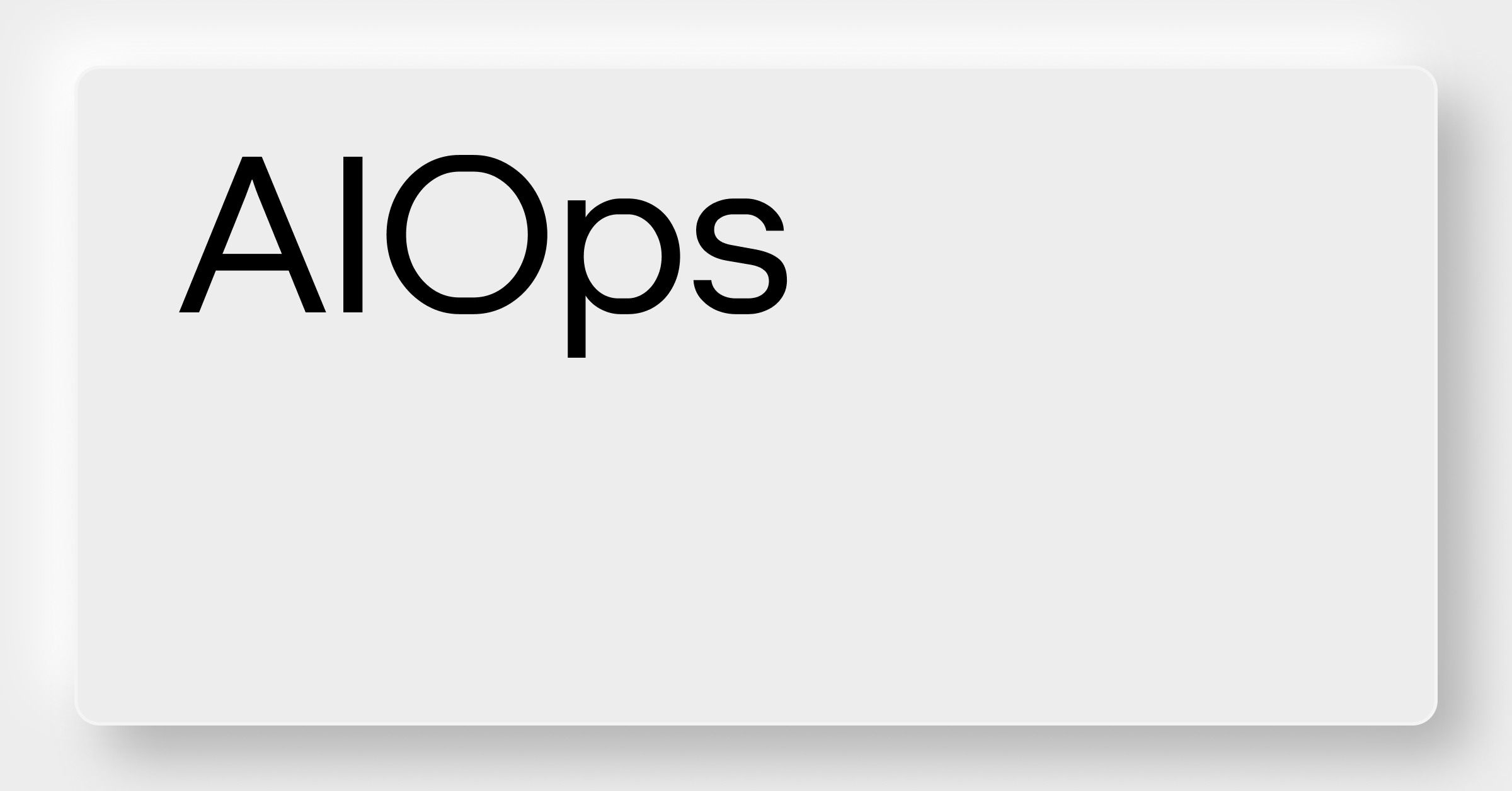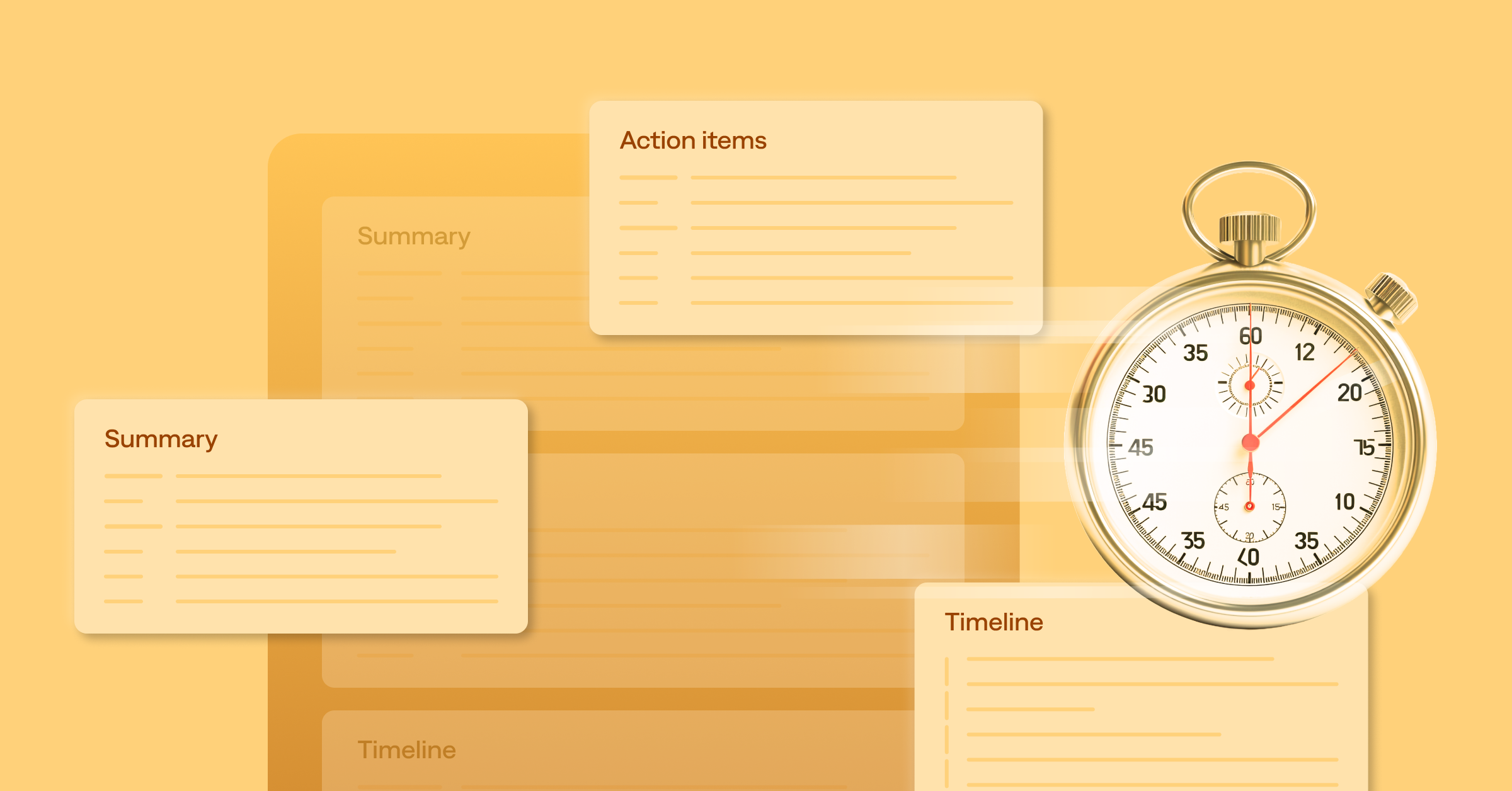6 AIOps use cases for enterprise IT

The past decade has seen organizations embrace AI and data analytics at scale. In 2022, IBM found that 35% of organizations have embraced AI—a 4% increase from 2021. The trend of AI adoption will continue to play out in the next several years across virtually every organizational function.
At the vanguard of this movement is AIOps, which sees AI used to improve IT operations (ITOps). To do this, AIOps leverages AI to generate real-time and high-value insights into the availability and performance of your IT ecosystem. For example, AIOps can power high-quality application performance management (APM), network performance monitoring (NPM), infrastructure monitoring, incident intelligence, incident response, and IT event analytics solutions.
With a relatively small pool of ITOps talent and ever-growing complexity in organizational tech stacks, AIOps is proving to be endlessly valuable. Ultimately, AIOps promises to improve productivity, reduce repetitive work, and cut the risk of human error.
In this article, we’ll explore how this is the case by discussing six AIOps use cases and examples. In particular, we’ll cover the following:
- Incident automation
- Event correlation
- Root cause analysis
- Anomaly detection
- Enabling integrations
- Centralized communications
1. Incident automation
Traditionally, ITOps has been an organizational function filled with repetitive tasks. Whether managing incidents or handling service tickets, ITOps tasks have historically resisted automation because of the complexity of task lifecycles.
Any given task likely has several different phases before its resolution, with each phase depending on different teams and tools to resolve. With the pace of innovation around ITOps, this has meant that any attempt at automation quickly breaks. Rules-based scripts are hard to create and maintain. They will often need to be updated in a matter of days or weeks.
Manual ITOps tasks generally mean more work for organizations. The widespread adoption of infrastructure like containers and the spread of cloud-native approaches to app development means teams face more events, more alerts, and more issues. As a result, many ITOps teams either need to grow their headcount or confront greater downtime. Whether through more employees or reduced uptime, this can represent a high cost for organizations.
Thankfully, modern AIOps offers many ITOps teams the chance to automate their workflows. With incident automation, AI models can instantaneously handle prioritizing and triaging support tickets, automate many individual phases of incident resolution, and cover handovers to humans in ITOps teams. This frees up ITOps teams to focus on high-value tasks and also expedites the turnover of tickets.
For an AIOps example of incident automation in action, BigPanda worked with Riot Games to deliver automation for workflows and events. As a result, Riot was able to dramatically outperform their targeted mean time to acknowledge (MTTA) support tickets. Instead of the 15-minute targeted MTTA, Riot delivered an MTTA of seven minutes: a time reduction of more than 200%.
2. Event correlation
Over the years, most enterprises have built up the number of observability and monitoring tools they use. To help their teams understand the performance of essential applications, infrastructure, and services, organizations have accumulated an average of 15 or more observability and monitoring tools.
As most ITOps teams can testify, the result is an overwhelming amount of noise. Data and alerts are presented to teams without any structure or context, requiring ITOps teams to investigate and develop an understanding of incidents themselves. This takes time and leaves room for communication lapses between siloed groups, which often don’t automatically share information.
The result is that incidents can take far longer than needed to resolve, leading to more frequent and lengthy outages or performance issues. And once again, the growing complexity of the IT stack means that this issue is only growing more pressing for ITOps teams.
That’s why event correlation is a key AIOps use case. Event correlation correlates alerts and changes with one another to present incidents to the ITOps team with maximum context. This cuts down on noise and better encapsulates issues at hand. Better yet, through understanding where a problem originates, event correlation capabilities can also automatically triage an incident, leading to faster resolution.
This significantly reduces the “fog of war” among ITOps teams and reduces incident response times while improving response quality. In an example of event correlation in action, SaaS platform LogMeIn worked with BigPanda to deploy this capability. As a result, LogMeIn sped up incident identification by 95%.
If you want to take a deep dive into event correlation, take a look at our comprehensive guide to event correlation.
3. Root cause analysis
We’ve covered the issues ITOps teams face with understanding the relationships between events. But there’s a big difference between correlating events with one another and determining the causal sequence in an IT stack. For many ITOps teams, the task of discovering what exactly is causing downtime, slowdowns, or errors can be a grueling task.
Root cause analysis (RCA) involves manually sifting through hundreds of thousands of alerts before putting together a timeline and sequence they have to investigate. If a team is wrong, they often have to go back to the drawing board and start over again.
However, AIOps offers the chance to put an end to this often-grueling job. AI-powered RCA can rapidly create timelines of issues, identifying when they first happened and automatically identifying the problems or changes that may have caused them. This dramatically shortens RCA cycles.
Better yet, an AI-powered RCA solution can continually work in the background in real time. This means it can uncover the root causes of incidents well before they’ve been noticed by human teams or impacted an organization.
A great AIOps example of automated RCA can be found with IT services company TIVIT. Using BigPanda to accelerate RCA, TIVIT reduced the mean time to resolve (MTTR) for key customers’ support tickets by 40%.
4. Anomaly detection
Monitoring different health and system metrics is crucial for modern ITOps. However, given the sheer number of services, applications, nodes, and environments, it’s nearly impossible for most organizations to track every single metric. Even with the best event correlation and RCA capabilities, it can be challenging to spot and understand problems if your team doesn’t know why a metric is performing a given way.
That’s where anomaly detection enters the fray. Rather than focusing on thousands of metrics and tracking them in real time, anomaly detection monitors when certain metrics are deviating from their past behavior.
With thresholds on metrics to trigger alerts, an anomaly detection system can quickly flag potential issues in an IT stack for ITOps teams. This can catch problems before they escalate to support tickets and identify non-routine issues that ITOps teams may want to detect early.
When used in conjunction with event correlation or RCA, anomaly detection can dramatically reduce downtime. In one AIOps example, BigPanda and a leading media conglomerate and broadcaster worked together to deliver such an integrated solution. The result was a 50% improvement in service-level agreement (SLA) compliance for MTTA and MTTR, along with an 85% correlation rate for alerts and incidents.
5. Enabling integrations
Modern IT stacks come with dozens of monitoring and observability tools, several different sources of topology and change data, and various tools that store IT knowledge, runbook, and other resolution data. The fact that these tools are distributed across on-prem, cloud, hybrid-cloud, and multi-cloud environments further complicates the picture.
One of the biggest problems plaguing ITOps, DevOps, and SRE teams is the fragmentation of these datasets across several different tools and sources because this fragmentation slows down incident response and incident resolution.
That’s where an AIOps platform really shines by unifying all of these datasets and tools using libraries of standard or out-of-the-box (OOTB) integrations, flexible APIs, and customizable connectors.
By letting organizations quickly and easily connect these tools and sources together, AIOps platforms can also future-proof their tool stacks. This can give organizations the confidence to replace or retire low-quality/redundant monitoring and observability tools without affecting their ability to detect, investigate, and resolve incidents.
6. Centralized communications
A motif that’s come up a lot so far is the risks that come with increased technical complexity and cross-organizational communications. As your IT stack increases, it becomes harder and harder for different teams inside your organization to communicate and collaborate on incident resolution.
AIOps platforms present a great solution to this problem. First, when it comes to the stack itself, AIOps solutions can unify data from several different fragmented monitoring and observability tools in a single location. By collecting and automatically processing data from across your IT stack, AIOps can present your ITOps, DevOps, and SRE teams a single platform from which they can keep an eye on your entire IT stack’s availability and performance.
On top of that, with incident automation, AIOps can go beyond this and provide a full-on centralized platform for ticketing, notifications, and chat tools for several different teams. This helps different teams easily understand both the real-time status of an incident and its evolution over time as well as gain visibility into the resolution actions taken by different teams in real time.
Finally, AIOps user interfaces provide comprehensive, 360-degree visibility into the different incidents affecting different parts of the IT stack. This helps ITOps, DevOps, and SRE teams visualize all the information relevant to an incident in a single location. In turn, that reduces the chances of wasted or duplicate efforts resulting from siloed or incomplete views into different incidents. The BigPanda team achieves this through our Incident 360 Console, aimed at the whole enterprise.
BigPanda: Your AIOps partner
We’ve covered six AIOps use cases here, but the AIOps journey goes well beyond this. Internally, AIOps can dramatically improve productivity, job satisfaction, and service quality from your ITOps teams. Throughout a whole organization and in the eyes of your customers, AIOps solutions have notable effects on your organization’s incident response times, overall uptime, and brand reputation.
Best of all, AIOps is a gateway for innovation. By helping your ITOps and DevOps teams spend less time on repetitive and manual processes, AIOps can free up your teams to innovate. That means the bandwidth to deliver new services or simply the room to improve or change how you deliver your current services.
This is one big reason why the team at BigPanda is so enthusiastic about AIOps, and you should be too. If you’d like to learn more about BigPanda’s solutions and how they can work for your team, take a tour of our platform today.




